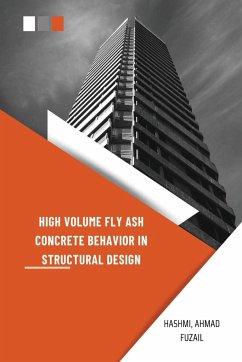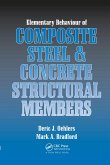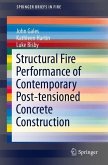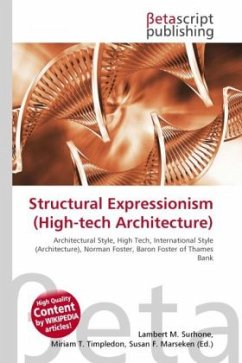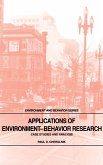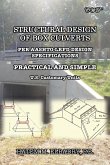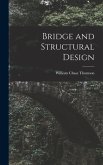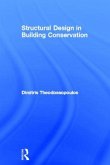High Volume Fly Ash Concrete (HVFA) is a type of concrete that incorporates a large volume of fly ash as a partial replacement for Portland cement. Fly ash is a by-product of coal combustion that is collected from power plants, and it has pozzolanic properties that can enhance the durability, workability, and strength of concrete. In HVFA, the replacement of Portland cement with fly ash typically ranges from 50% to 70% by mass, resulting in a reduction in the amount of cement required and a decrease in the carbon footprint of the concrete. However, this high volume of fly ash can also affect the behavior of the concrete in structural design. One of the main challenges in designing with HVFA concrete is the potential for delayed strength development. Fly ash reacts slowly with water, and this can result in a longer period for the concrete to reach its desired strength. This delayed strength development must be taken into account in the design process to ensure that the concrete can support the intended loads. Additionally, the use of HVFA can also affect the workability and setting time of the concrete. The high amount of fly ash can make the mixtures more viscous and harder to place, and it can also result in longer setting times. This can impact the construction schedule and require adjustments to be made in the mix design and placement procedures. On the other hand, HVFA can also provide benefits in structural design. The lower heat of hydration and reduced shrinkage characteristics of HVFA can minimize the potential for cracking and improve the long-term durability of the concrete. Furthermore, the use of fly ash can contribute to the overall sustainability of the project by reducing the carbon footprint and diverting waste from landfills. Overall, the behavior of HVFA concrete in structural design requires careful consideration of its unique properties and potential challenges. With proper mix design and construction practices, HVFA can provide a durable and sustainable option for concrete structures.
Hinweis: Dieser Artikel kann nur an eine deutsche Lieferadresse ausgeliefert werden.
Hinweis: Dieser Artikel kann nur an eine deutsche Lieferadresse ausgeliefert werden.

